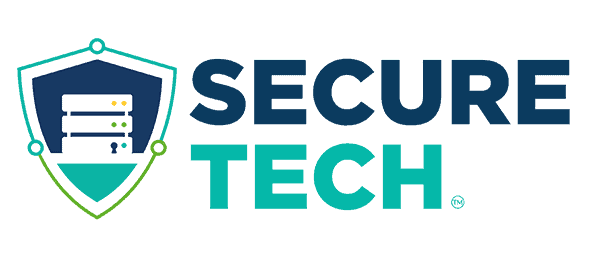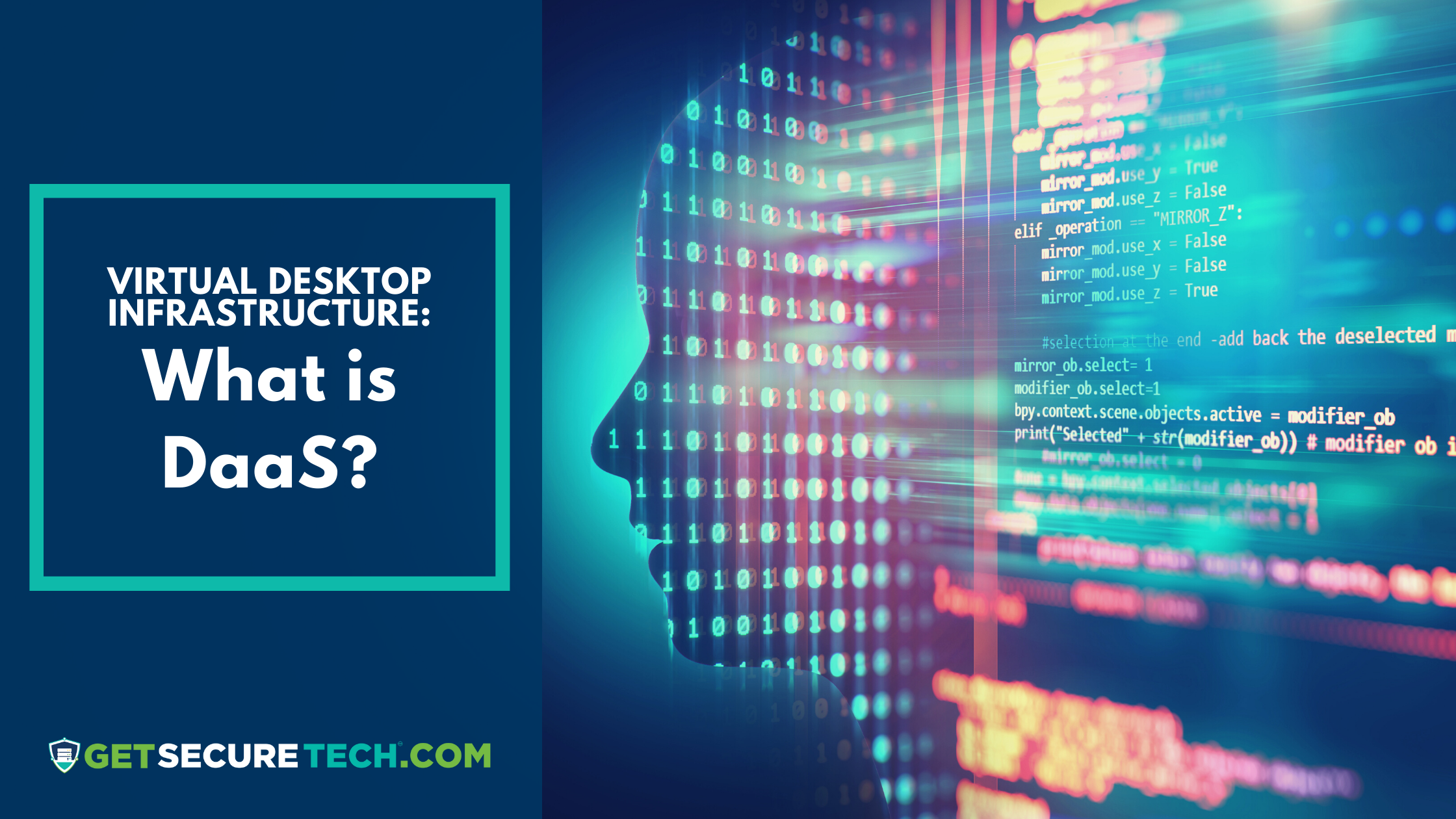VDI vs DaaS– According to a MarketsandMarkets survey, the desktop virtualization market could reach $13.45 Billion by 2022 from $7.08 Billion in 2017, with a Compound Annual Growth Rate of 11.4%.
Traditionally, mobility has continually proven to be a major issue for organizations, driving numerous technological breakthroughs aiming to resolve it over the past decade. Desktop as a Service (DaaS) is being seen as the latest go-to solution for mobility and work flexibility-related challenges. As the tides of data continue to rise, the global transition to a multi-device, anywhere, anytime workplaces is continually propelling the desktop virtualization providers.
Key Takeaways
- DaaS deployment has helped enable a rapid shift to “work from home” scenarios worldwide while also significantly accelerating the bring-your-own-device (BYOD) trends without requiring extensive reconfiguration of IT systems.
- DaaS enables a seamless remote workforce that costs little to maintain and whose productivity is not reliant on location.
- DaaS offers significant advantages over the VID model.
What is DaaS?
Desktop as a Service (DaaS) is a fully managed workspace solution maintained and hosted by a third party. Desktop as a service provider delivers a virtual desktop experience from a cloud environment. They host the main cloud elements – network resources, updates, and cloud storage, in addition to backend support to stream a virtual desktop to multiple devices.
Resultantly, the end-users gain access to the Desktop’s data anywhere, anytime via a web browser or secure application.
Since Desktop as a Service providers host all critical resources for virtual desktops on their infrastructure, businesses that can’t establish their Virtual desktop systems due to budget constraints stand to benefit. DaaS also enables businesses to respond quickly and more effectively to unpredictable business changes.
With DaaS, users can log in to their virtual Desktop from anywhere, and their Desktop looks the same as when they last visited from a different location.
VDI vs DaaS: What’s the Difference?
Organizations opt between VDI (Virtual Desktop Infrastructure) and DaaS (Desktop as a Service) – the two key desktop virtualization solutions, depending on their needs.
DaaS and VDI both offer a similar service but are different in various aspects, therefore vdi vs daas is outlined below:
| Differentiating Factor | DaaS | VDI |
| Hosting and Maintenance | The IT Infrastructure, including computing, networking, and storage, becomes the cloud provider’s responsibility alongside backend or hardware maintenance, troubleshooting, and upgrades. | VDI supports Virtual Desktops through on-premise servers and depends on in-house administrators to manage the IT resources – servers, networking, storage, licensing, and endpoints. |
| Structure | DaaS offerings usually rely on a multi-tenancy architecture, under which multiple “tenants” or end-users receive support from a server or datacentre. | VDI offerings are single-tenant solutions whereby each client operates in a dedicated environment, giving absolute control of resource distribution to an enterprise’s IT administrators. |
| Management control | The key aspects of an organization’s IT infrastructure, including monitoring, and configuration, go into the control of the cloud service provider. | Post-VDI deployment, the organization retains complete control over its IT resources. |
| Costs | Since DaaS is a cloud service, the provider is responsible for the backend maintenance and installation, eliminating any upfront costs and requiring only operational expenses (Opex). Desktop as a Service pricing typically follows a subscription model, allowing organizations to purchase virtual desktops per their needs. | VDI incurs substantial capital expense (Capex) for infrastructure investment – network, storage, data centers, and in-house IT teams overseeing server upgrades. |
| Compatibility | DaaS pricing structure facilitates companies looking to scale or those with fluctuating requirements by letting them pay only for the resources utilized. | VDI solutions are most compatible with organizations that have predictable growth patterns accompanied by fixed resource requirements. |
Why are businesses opting for DaaS? (Key Advantages of DaaS)
As online and remote working spaces become common, businesses are rushing to implement virtual desktops due to the many advantages of DaaS and similar technologies.
Here are some of them:
High Responsiveness to workforce demands
Responsiveness-driven flexibility and agility is the hallmark of managerial success, and DaaS helps achieve it by securely provisioning temporary desktops —together with their access rights within minutes. It is a game-changer for organizations that rely on seasonal or temporary workforces. Such businesses can add workspaces elastically for newer users by quickly ramping up or down desktop availability without straining their IT budgets.
Consistency
Each team member can stay on the same page with DaaS, receiving the same updates and experiencing the same cloud environment, resulting in greater efficiency arising out of consistency.
Reduction in Downtime
With Desktops as a Service, companies can ensure remote IT support to their employees and significantly reduce downtime.
Cost-effective Replacement and Maintenance
Desktop management requires purchases of new desktops every few years, installation, setup, and data transfer from old machines to new ones. DaaS’s uniform base configurations eliminate this need and reduce upfront costs.
VDI & DaaS Make WFH Work
In the wake of the COVID-19 pandemic, viable remote working solutions have proven critical for sustaining the continuity of business operations. Desktop virtualization has become the new mantra for organizations seeking reliable, streamlined, and secure work-from-home tools. Businesses aiming to adapt to more flexible working environments can offer remote Desktop as a service by quickly and easily establishing digital workspaces with DaaS.
According to a survey, 36% of the respondents had deployed VDI or DaaS solutions for their work-from-home scenario.
DaaS vs VDI- Is DaaS here to stay?
There is a reason why Desktop virtualization providers have become one of the biggest drivers of the cloud computing market. It is an apparent solution to commonplace mobility issues since leveraging a DaaS solution provides all the tools necessary to maintain optimum productivity levels from anywhere. Given DaaS’s ability to establish a distributed workforce of talent spread across multiple territories, its rapid adoption by SMEs seems to be a long-lasting trend. The advantages of DaaS make it too tenable to brush aside.

